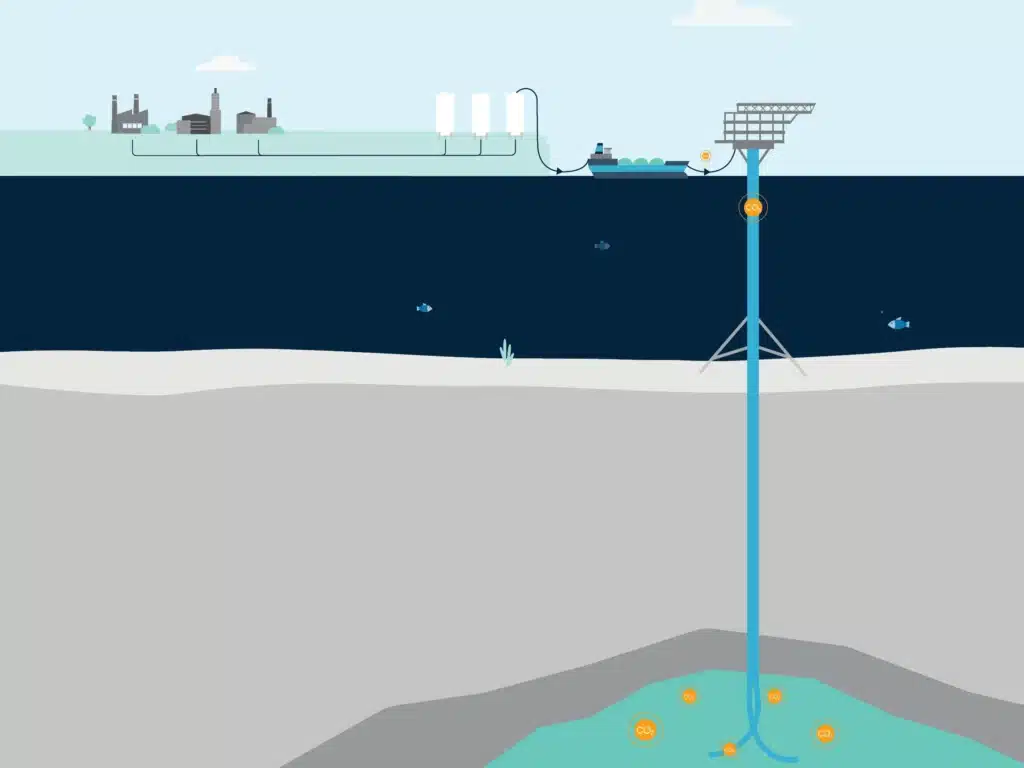The Greensands Project, the Danish initiative to collect huge amounts of carbon at an oil rig in the North Sea, and sequester it by pumping it into sandstone formations that once held oil and gas.
The numbers may seem relatively small (€26 million), but this is the largest single grant ever disbursed in the history of the Denmark. And it is, in general, an important "pilot project" for the planet too.
An oil platform to capture carbon in the atmosphere
Greensands will “recycle” the Nini A oil platform, about 200 km (120 miles) off the northern coast of Denmark. It will reverse its flow: instead of “sucking” oil from underground, it will pump liquefied CO2 about 1.800 m (1,1 miles) below the seabed.
Here it will begin filling a Paleocene sandstone reservoir known as the Siri Field, which has done an excellent job of holding oil and gas for the past 20 million years and has been identified as an excellent location for carbon sequestration.

What are the goals?
Denmark plans to begin sequestering carbon at a rate of 2025 million tonnes per year by 1,5, progressively rising to 8 million tonnes per year by 2030.
This is more than 13% of the country's current known emissions. And consider that part of the process (the transport of carbon by ship to the oil rig) is not yet zero-emissions, so the results could still improve.
On the project's website I read that in this underground “reservoir” there is enough space to store all the carbon that Denmark has ever created in its history, and more. To be precise, over 500 years of emissions (at the rate of current pollution).
A smart move: true, it will require daily trips (round trip) by ships 400 km (240 miles) away from the coast, but the opportunity is enormous. There's already a big hole down there to fill, and a ready-made oil rig with drills and everything.
Maybe in the future the Greensands project will mark the fate of many of its "colleagues", and one day they will all be called "ecological platforms".


